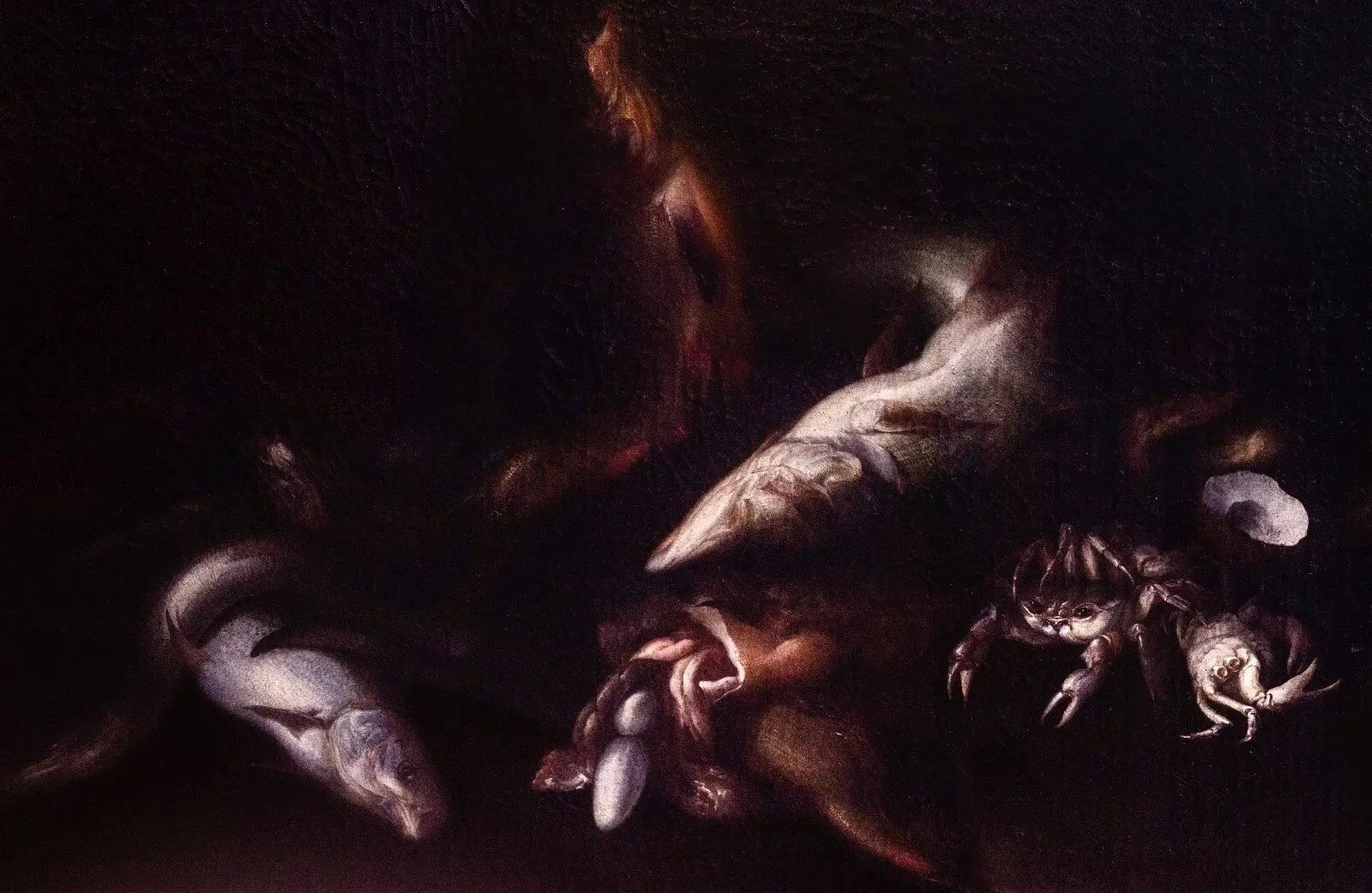
Several previously unattributed paintings in the collection of the Uffizi Galleries and in Rome’s Ministry of Foreign Affairs have now been attributed to Jona Ostiglio, a Jewish painter from 17th Century Florence who has been unknown for centuries aside from a few mentions in the historical record.
The move, which places Ostiglio alongside famed Italian painters like Caravaggio, was the result of extensive research by Piergabriele Mancuso, the director of the Jewish Studies program of the Medici Archive Project. Mancuso, who has been researching Florence’s Jewish ghetto for an exhibition set to open next year, presented his findings on Ostiglio at the Uffizi Galleries on Wednesday.
Despite a sparse historical record, Mancuso reconstructed a profile of Ostiglio, a previously little known stalward of the illustrious Medici Court. The artist, according to a statement from the Uffizi, was born between 1620 and 1630 and died in 1695. A self-taught artist, Ostiglio was invited to join the prestigious academy founded by the artist Giorgio Vasari and was the only known Jewish card-carrying member until the 20th century. At a time when Jews in Florence were afforded few professional opportunities outside of their community, Ostiglio’s patrons included some of the city’s most influential Italian families.
During his research, Mancuso met Uffizi curator Maria Sframeli, who “had found a number of paintings and documents that attest to the activity in 17th-century Florence of the Jewish painter Jona Ostiglio,” he said in a statement. According to the galleries, archival sources cited four still-life paintings by “Jona – Jew” in an 1860 inventory of artworks at a Medici property, as well as a short reference to Ostiglio in a 1907 report by rabbi and scholar Umberto Cassuto.
“The idea we have is of a Jew that is unique, quite familiar with the Christian environment and unafraid to distance himself from rabbinical laws that would have him behave in a more orthodox manner,” Mancuso told the New York Times. “His behavior was outside Jewish and Christian society of the time.”
